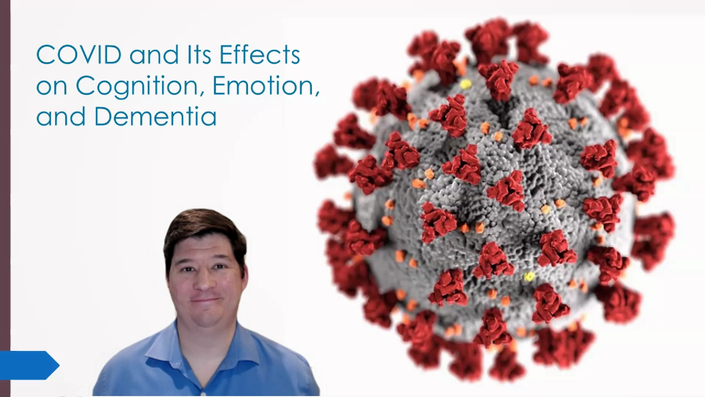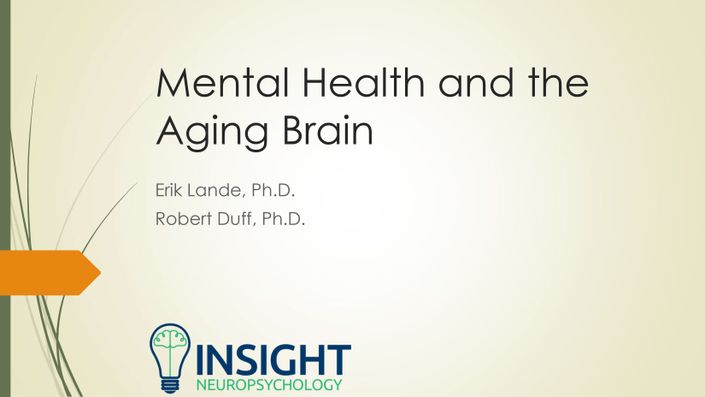Scams cheat older adults out of nearly 3 billion dollars per year.
From online romance scams to mail-in lottery scams, there are so many ways for unsavory individuals to trick someone into giving up their hard-earned money. The emotional impact of scams on the individual and their family can also be devastating. Since scammers use highly effective marketing techniques, any person could fall for their schemes. However, as we age we are at increased risk of falling prey to scams, which is why older adults have become the most targeted population for scammers across the world.
The aging process increases vulnerability.
As we age, our brains change. This is a normal process that we all go through. These changes in thinking style are the very changes that scammers exploit. Even if an older adult does not have dementia or other significant memory problems, they are still at higher risk due to these normal changes that happen with aging.
Knowledge is power.
The first step to taking power back from scammers is to learn about the brain and how they use techniques to tap into the emotional centers of the brain to take advantage of us as we age. In this course, we break down some of the most common scams and discuss the structure of the brain to help you understand why people fall for them.
This course is designed for social services and law enforcement professionals
You will learn:
- How scams work.
- The parts of the brain involved in emotions and decision making
- How the normal aging process makes people more vulnerable
- Other factors associated with aging that increase vulnerability
- What to do if you suspect that someone has been victimized by a scam or is at risk
- How to help and support older adult victims
Example Curriculum
- Introduction to Scams and the Aging Brain (1:30)
- Why Scams Work (12:22)
- A Model of the Brain in the Palm of Your Hand (13:32)
- What's Happening in Our Aging Brains? (7:26)
- The Prefrontal Cortex and Scams (17:56)
- Understanding Age Associated Financial Vulnerability (10:50)
- Is Someone Being Scammed? (13:37)
- How to Help Scam Victims (14:07)
Example Featured Products
Showcase other available courses, bundles, and coaching products you’re selling with the Featured Products block to provide alternatives to visitors who may not be interested in this specific product.



